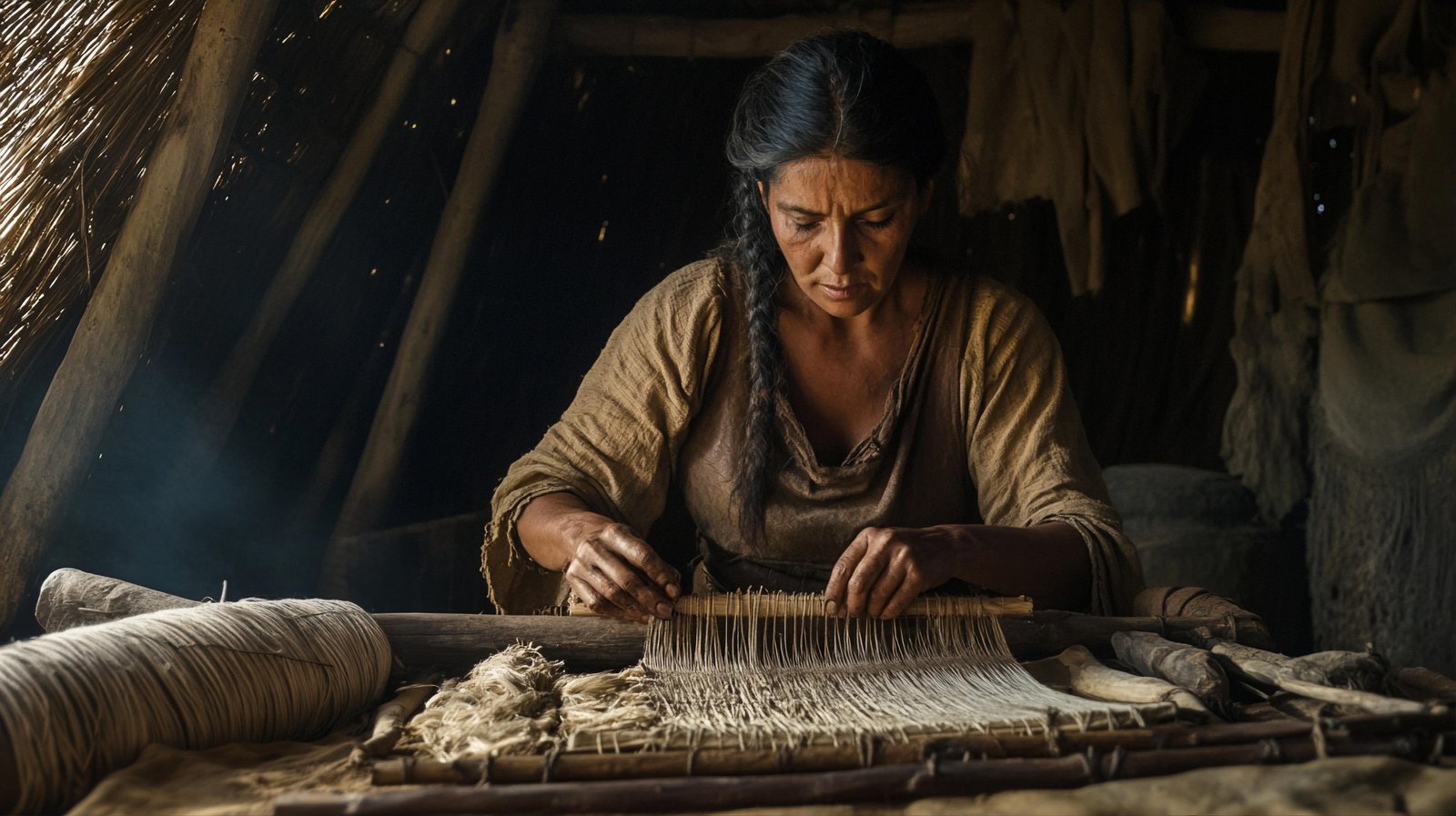No products in the cart.
Discover how ancient trade routes placed Laos at the center of regional commerce, connecting cultures and economies.

Long before highways and railways, Laos was already a vital hub for trade in Southeast Asia. Situated in the heart of the Mekong region, ancient trade routes connected Laos with China, Vietnam, Thailand, and Cambodia. These routes carried not only goods but also ideas, religions, and cultural traditions that shaped Lao society.
Why Ancient Trade Routes Were Important
Economic Growth: Exchanged local resources like rice, timber, and silk.
Cultural Exchange: Spread of Buddhism, Hinduism, and art forms.
Strategic Location: Central position along the Mekong made Laos a crossroads.
Innovation & Knowledge: Facilitated the exchange of agricultural practices and technologies.
Legacy: Ancient commerce laid the foundation for modern trade corridors.
Key Trade Goods in Laos
Salt: Essential for preservation and daily life.
Elephants: Used for transport and as trade symbols of power.
Silk and Textiles: Highly prized across Southeast Asia.
Spices and Herbs: Connected Laos with regional culinary traditions.
Metals and Timber: Exported for tools, weapons, and construction.
Trade Routes and Connectivity
Mekong River Route: Served as the lifeline for trade and cultural exchange.
Silk Road Links: Connected indirectly with the Chinese Silk Road through Yunnan.
Overland Trails: Linked Laos with Thailand and Cambodia for agricultural exchange.
Example in Laos
Luang Prabang thrived as a commercial hub where merchants exchanged goods, religions, and art. Its location on the Mekong ensured steady flows of wealth and influence.
Conclusion
Ancient trade routes turned Laos into a cultural and economic bridge in Southeast Asia. This legacy continues to shape its modern role in regional trade and integration projects like the ASEAN Economic Community and Belt and Road Initiative.
About CITS Laos
CITS Laos collaborates with historians, tourism boards, and cultural organizations to showcase the history of Lao trade routes. We design interactive maps, bilingual websites, and heritage campaigns to highlight Laos’ role in Southeast Asia’s commercial past.
By linking historical trade legacies with modern digital storytelling, CITS Laos ensures that Laos’ role as a cultural and economic connector is recognized both regionally and globally.